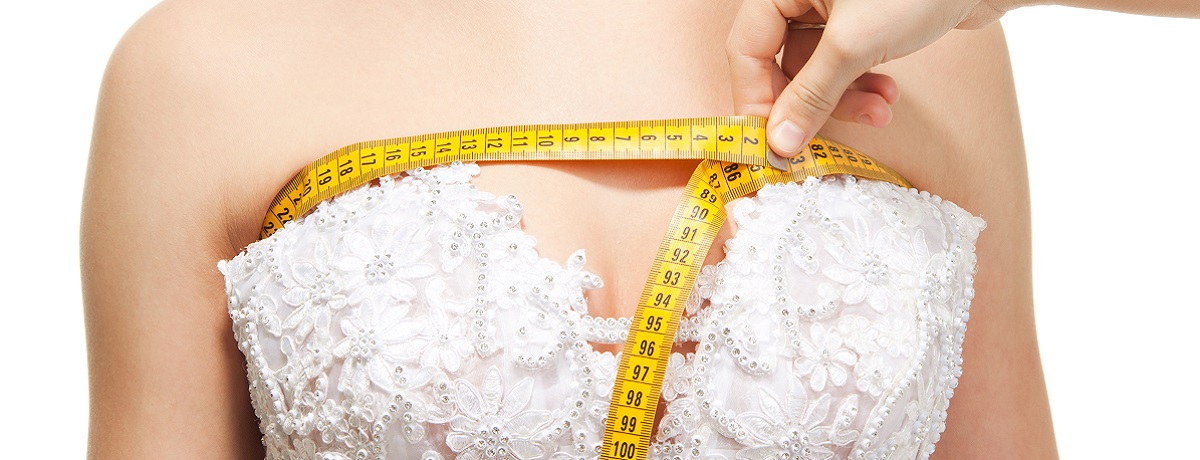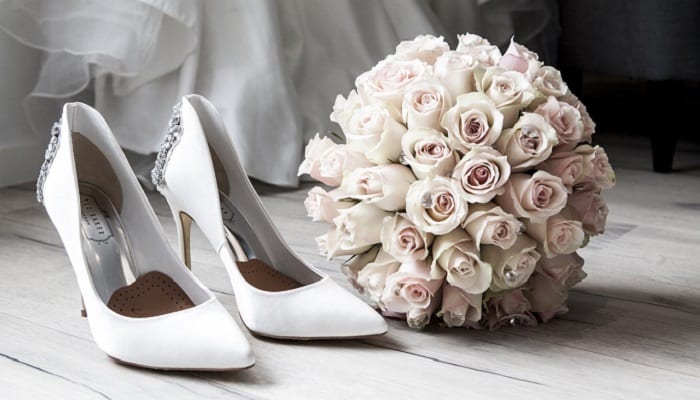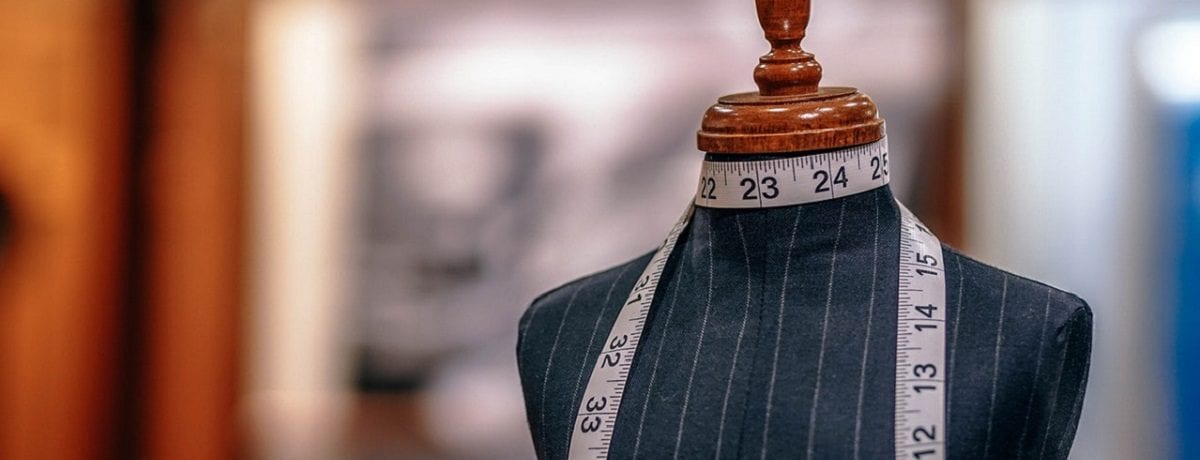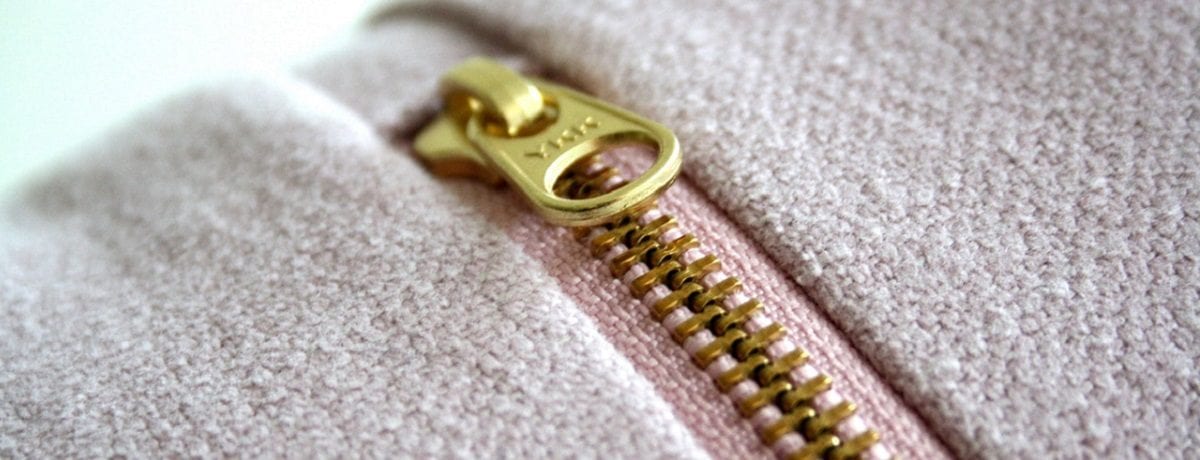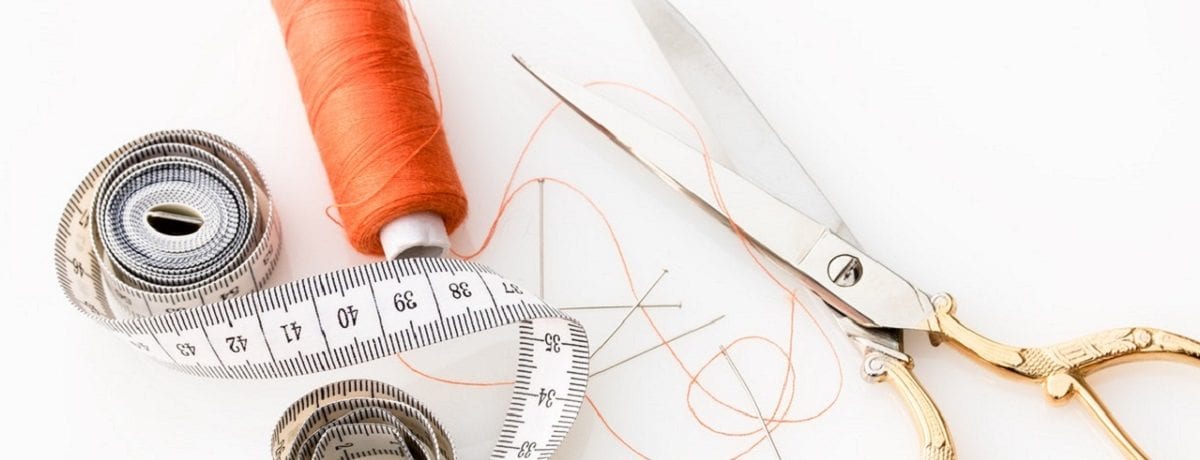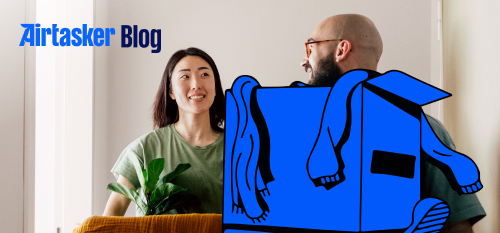Getting ready for the big day requires a lot of thought and planning. There are so many hirers, retailers, caterers, and creators to deal with. Wedding planning is tough business!
And just when you think you have found the perfect dress – think again.
The dress you fell madly in love with at the wedding shop was not custom made for you. If you want that dress to fit like a glove you will need some tailoring done.
Here are some of the most common bridal alterations you might need to nail a custom fit
1. Bust, waist and hips
These three areas are the most commonly tailored sections on bridal gowns. No standard size lady is exactly the same size as another in all three areas. Tailoring is usually required on at least one of these areas.
Here are a few things to take note of:
If the dress is too big
An equal amount can be taken in at both sides of the dress. If the dress is being taken in a few sizes – the front and back seams may also be adjusted.
If the dress is too small
Most side seams have an inch of extra fabric. This extra fabric provides the flexibility to be let out, creating more breathing space.
Keep in mind that this method depends on the dress material. Stitches in satin material, for instance, grab and may show up if the seams are let out. When undone these existing stitches become noticeable and are referred to in tailoring terms as memory stitch marks.

If the dress is too small you can ask for the option of adding a back corset into the dress. This is a method where the back zipper is removed. A panel of fabric is added in place of the zipper. Corset loops are fixed to the fabric with ties that create a panel corset at the back. Generally, you can add up to five inches to a dress through this method.
2. Other areas

Other areas that are commonly adjusted in a wedding dress are the straps, adding a bustle to hold up the train, and adjusting the corset inside the dress. Hemlines also top the list of wedding dress alterations.
3. Bridal alterations things to note
- If you are between sizes purchase a wedding dress that is larger. It is easier to tailor a dress down to size than adding size
- Tailoring a dress cannot be done overnight. Expect to have at least two to four sittings to get the perfect fit
- Take your wedding shoes with you to the fitting
How to measure yourself for a custom wedding dress
- Bust: measure around your chest at the fullest part of the bust
- Waist: stand up straight and bend at the waist to one side. Measure around your waist where the crease sits – this is your natural waist
- Hip: stand with your feet together and flat then measure the fullest part of your hips
- Hollow-to-hem (length): take the measurement from the centre of your collarbone to the bottom of where you want your dress to fall
You only get one chance at being centre of attention in your wedding dress – so make it count!
Need a bridal alteration specialist? Find your perfect match right here on Airtasker.


